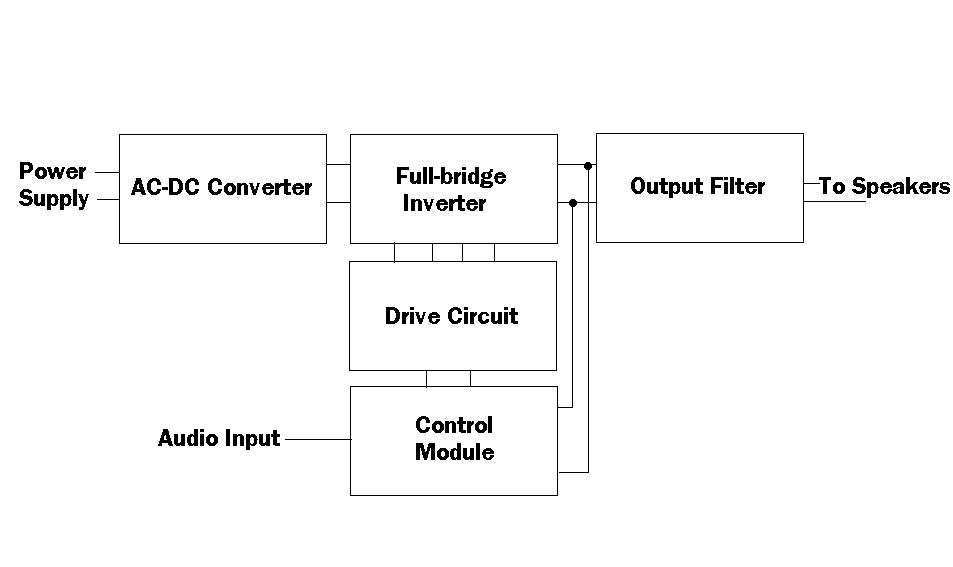PROJECT ABSTRACT
Most audio amplifiers used today from the smallest transistor to a big concert sound system are linear amplifiers. This is usually of a type called class-AB or class-B. They are called linear amplifiers since their output power transistors are being operated in the linear region. The problem with these types of amplifiers is that the efficiency can reach only around 50%. This is because it has both a voltage drop across and a finite current flowing through the transistors and it is this combination of voltage and current that dissipates power as heat which is simply wasted energy that never reaches the speaker. An alternative to linear amplifiers is the class-D or switch mode amplifiers. These amplifiers produce audio by modulating a rapidly alternating "digital" (or two-state voltage) so that its average voltage represents the desired audio signal. The advantage to using this method is that the power output transistors are operating as switches. When it acts as an open switch, the current would ideally be zero. Also, when it acts as a closed switch, the voltage across would ideally be zero. In either case, the power which is voltage times current would ideally then be equal to zero. This results in less wasted power and thus improved efficiency which could reach 80-90%. This is a critical advantage in systems where power is at a premium, such as battery-operated portable stereos or laptop/notebook PCs---as well as in systems where excessive heat can be a problem, such as in multi-channel surround audio receivers or enclosed systems such as powered subwoofers.

Swamp Sounds Power Amplifier Block Diagram
Back to main